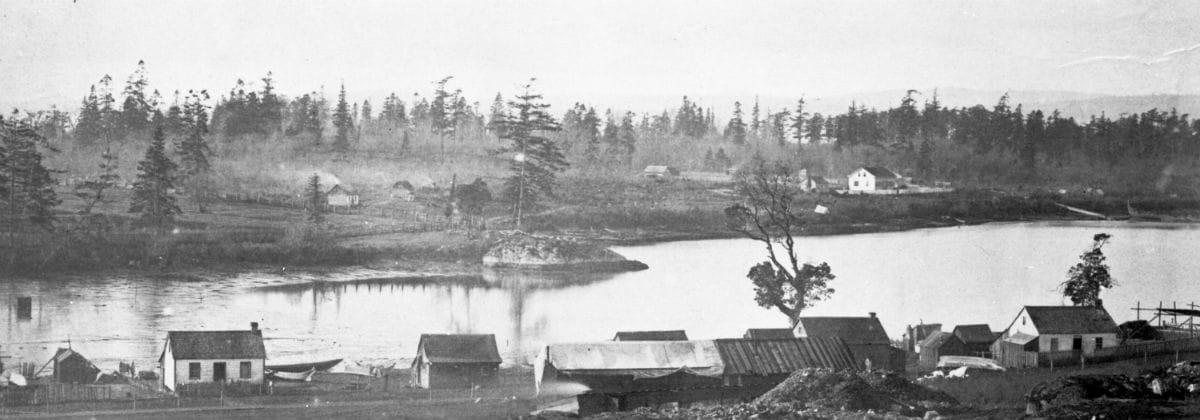
Modernization
Learn more about government’s intention to modernize the museum to protect our historic holdings and provide better access to our collections.

Long before colonial settlers arrived in what later became known as British Columbia, the land on which the museum and archives now stand was the traditional territory of the Lekwungen peoples, today represented by the Songhees and Xwsepsum (Esquimalt) Nations.
The Lekwungen comprised a diverse group of extended families who spoke a common dialect of the North Straits Salish language.
Among the most historically significant collections of documents in the Royal BC Museum’s holdings are the Vancouver Island Treaties (also known as the Douglas or Fort Victoria Treaties), signed between 1850 and 1854. These treaties reflect the negotiation of rights to land use between Indigenous peoples and the Hudson’s Bay Company.
One indication of the ongoing relevance of the Vancouver Island Treaties—and of the revitalization of Indigenous languages—is the recent translation of three of the treaties into SENĆOŦEN and Lekwungen, both of which are dialects of North Straits Salish.
Members of the Songhees and Xwsepsum Nations now live on (and beyond) nearby reserves, which are a fraction of the size of their original territories.
The Royal BC Museum acknowledges and respects the history of Indigenous peoples, who are our partners today in museum matters and community alike.